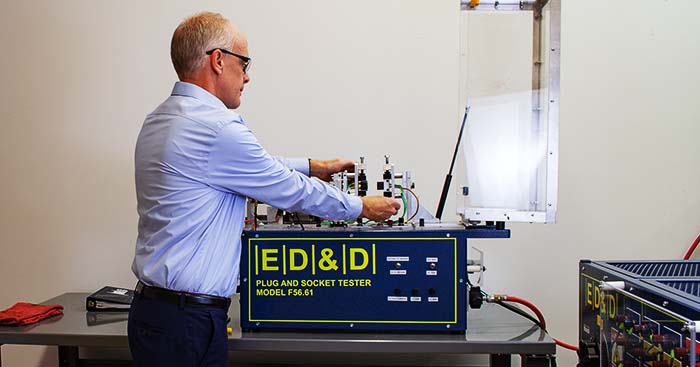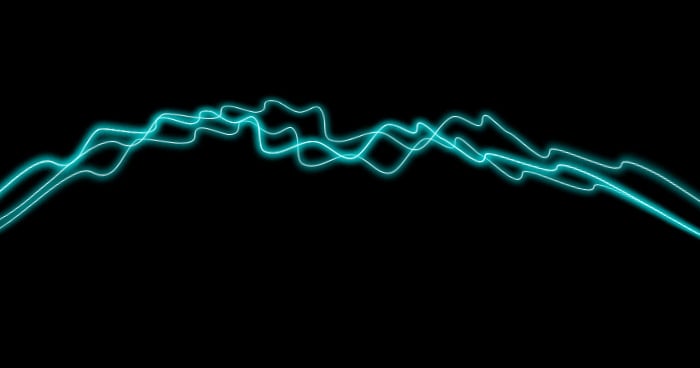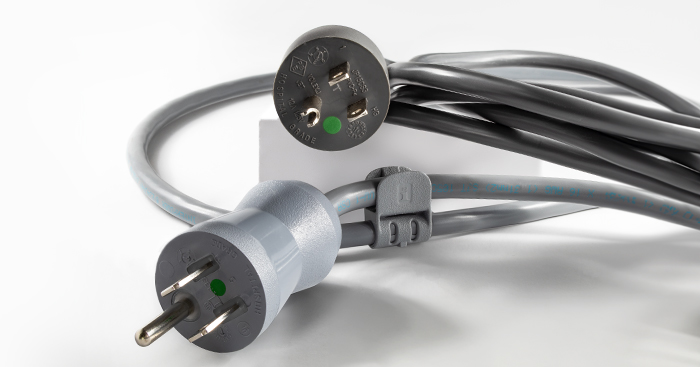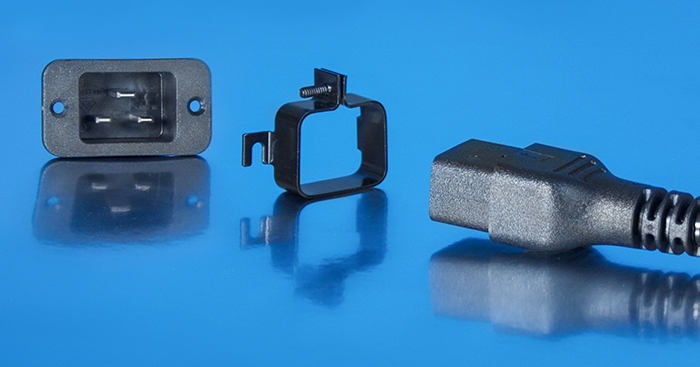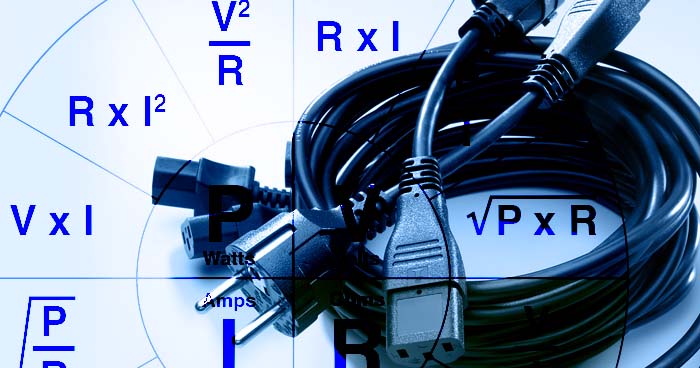Recent Posts
Interpower’s Plug and Socket Tester
Posted on 12/23/24 12:42 PM
Deep inside the bunker of Interpower’s testing facility in Ames, Iowa, (Area 51²?) is an array of testing apparatus for the testing of electrical cable and components to push both newly manufactured and warehoused cable, cords, and components (and cutting-edge prototypes) to extreme limits, often well beyond UL and IEC standards for product compliance. For much of his 20 years, Ron Barnett, Interpower’s Product Development Manager, has procured specialized testing equipment to ensure Interpower’s power cords, cords sets, and components exceed all testing criteria standardized by worldwide agencies such as UL and VDE while personally conducting thousands of tests.
Topics: electrical safety, testing, designing for export, plugs & sockets, product development
Electrical Arcing and Tracking? Not if You Can Prevent It.
Posted on 8/20/24 9:54 AM
When searching for cord-locking mechanisms to prevent accidental or abrupt disconnects from IEC 60320 power inlets such as the IEC 60320 C13, beware of the type of metal locking mechanisms (one unfortunately approved by a well-known agency) that tightly clamp onto notched grounding blades, a tight metal-on-metal retention resulting in a dangerous loss of material on the grounding blade. This friction, similar to striking a flint to produce sparks, creates carbonized buildup around the terminal after repeated disconnects, which could lead to an electrical fire through repeated arcing. Carbonized buildup may also appear on alloy pins if those pins are molded a fraction too close together, the narrow space between them providing small enough air gaps for the current to jump from one pin to the next. This would also apply to metal screws on the plug face of rewirable cord sets.
Topics: electrical safety, IEC 60320, connector locks
North American 5-15, 5-20, 6-15, & 6-20, and Japanese JIS 8303 Hospital-Grade Cords
Posted on 6/26/23 4:18 PM
Safe & Reliable Is Now Safer with Cord Clips. For over a century, AC power has played a vital role in the welfare of patients and staff in hospitals and clinics worldwide. Hospital-grade electrical cords are designed to provide the correct amperages and voltages for a broad range of medical equipment—portable CT Scanners and X-ray machines to heart monitors, ECMO machines, and hospital-grade treadmills. Hospital-grade certified by a “green dot,” Interpower North American (NEMA) 5-15, 5-20, 6-15, and 6-20 hospital-grade molded and hand-wired cords and cord sets provide consistent electrical continuity on the inside while offering rugged durability on the outside. The green dot is also found on the Japanese JIS 8303 plug, which meets JIS T 1021 hospital-grade standards.
Topics: electrical safety, Hospital-Grade Products, North American Hospital-Grade Cords, cord clips, Japanese Hospital-Grade Cords
Not All Cord-locking Mechanisms Are Created Equal
Posted on 6/13/22 4:15 PM
Easy-to-disconnect connector locks and other cord-locking mechanisms are convenient tools for anchoring cords to inlets to prevent abrupt disconnects, but not all manufactured versions are created equal. Avoid easy-to-disconnect locking mechanisms which gouge or shave away the ground blade of the inlet during abrupt disconnects or improper usage and removal.
Topics: electrical safety, power cord, connector locks, connectors
Calculating Voltage Drop
Posted on 11/15/21 4:12 PM
Calculating Voltage Drop is Critical in the Application of your Electrical design. Using longer cord lengths in your electrical design may become problematic enough to pose potential dangers. When cable length is 50 feet or longer, voltage drop in cable occurs—the resistance in the copper measured per foot—causing heat buildup.
Topics: electrical safety, voltage drop, product design, designing for export, power cord





